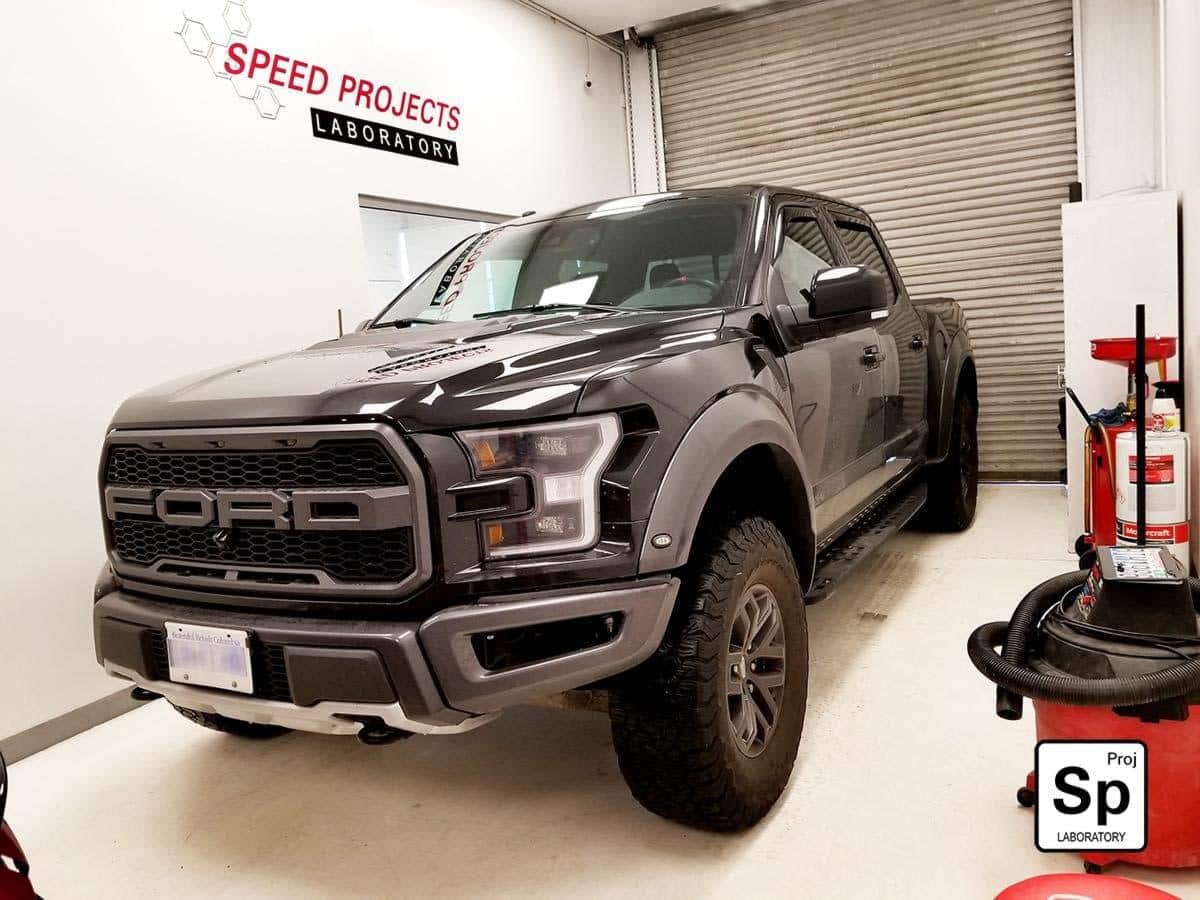


The basics of calibrating speed density revolve around getting volumetric efficiency right in as many conditions as you can. In reality, the cylinder may not have enough time to fill, some of the air may be pushed back out into the intake manifold due to valve timing, our temperature may not be an accurate representation, etc, so a "fudge factor" known as "volumetric efficiency" is introduced. Unfortunately, measuring the pressure and temperature of the air once the intake valve is closed is non-trivial, so instead we estimate it based on manifold conditions.īut, that's in the ideal world. This would be the amount of air in the cylinder if we had those ideal conditions. To convert from "moles" of stuff, to an actual mass, we use a specific gas constant for our gas (air at our reference conditions)Īnd then we arrive at our final equation for estimating cylinder aircharge using the pressure, volume, and temperature for the gas in our cylinder! Easy! Starting with the basic equation, we can refine it to suit our needs: to give you a good estimation based on the ideal gas law. Typically, you're looking at Manifold Absolute Pressure (MAP), Manifold Charge Temperature (MCT), Exhaust Manifold Absolute Pressure (ExMAP), etc. As will be explained, a classical sense of VE % doesn't necessarily fit the calculator.Ī quick refresh on the goal of Speed Density: convert various sensor measurements of air pressure, temperature, and other conditions to get an estimation of the amount of air in a cylinder when combustion occurs. The calculator is capable of giving you the quadratic coefficients including blowthrough, with the goal being to hasten/simplify the process of calibrating this model. This calculator is quite sophisticated, so an understanding of the process is vital to help get the best results from the calculator. Available in the latest VCM Suite beta is a new calculator for the Ford Speed Density model.


 0 kommentar(er)
0 kommentar(er)
